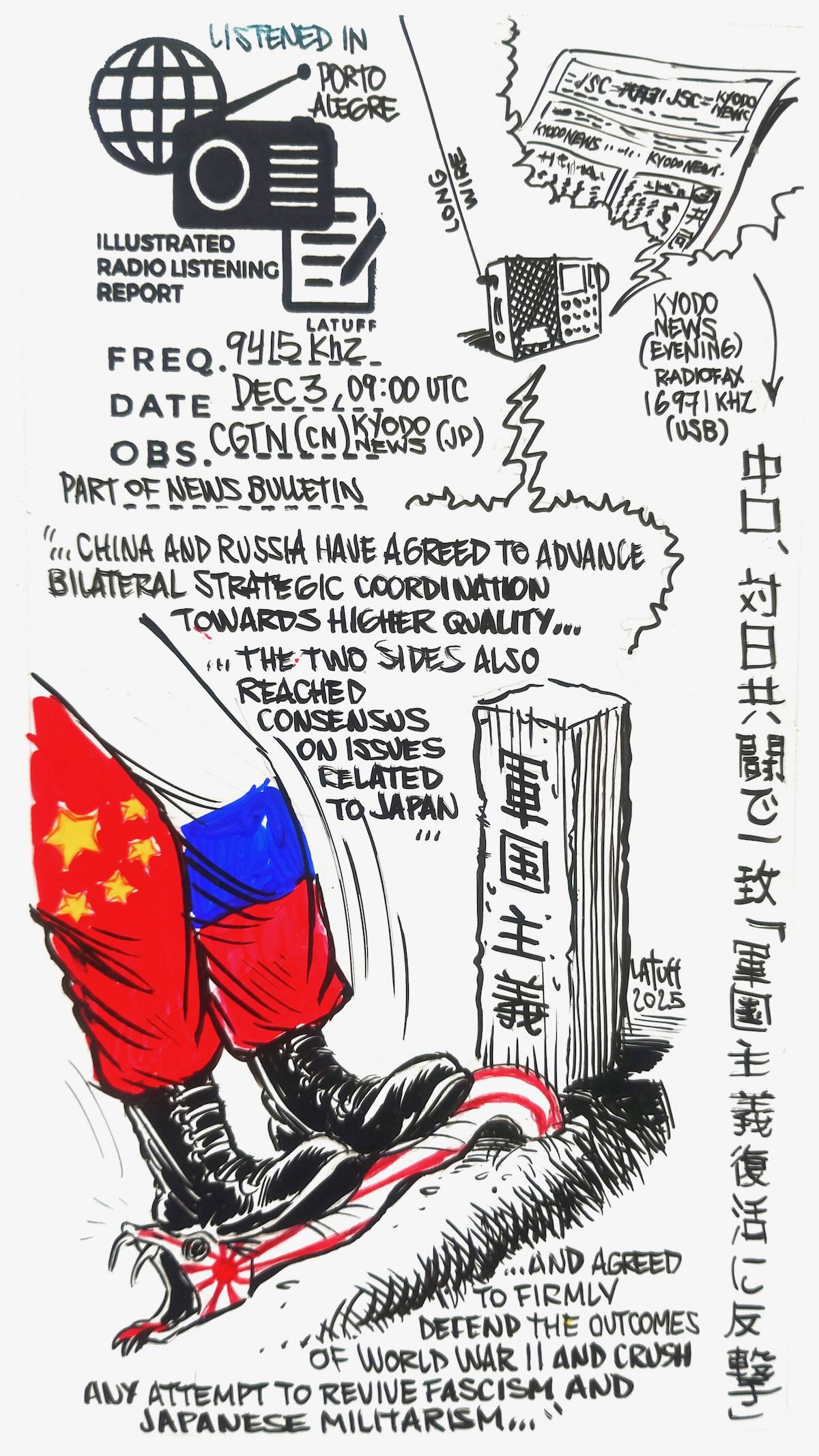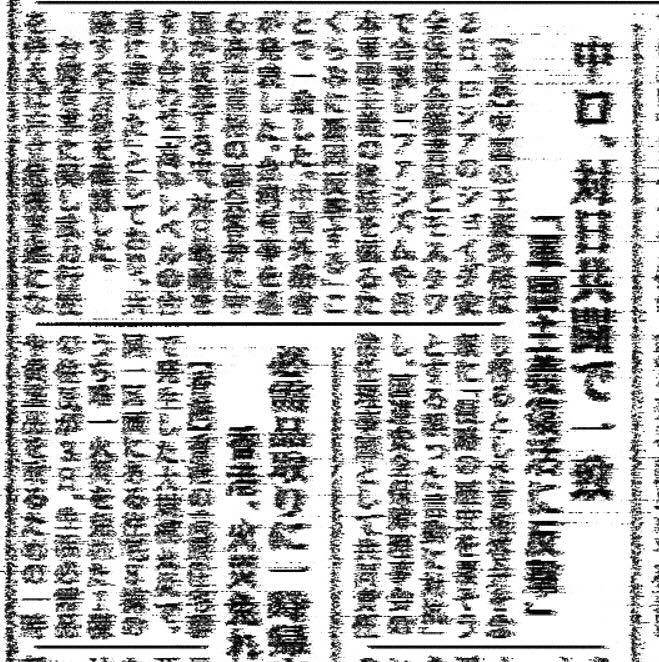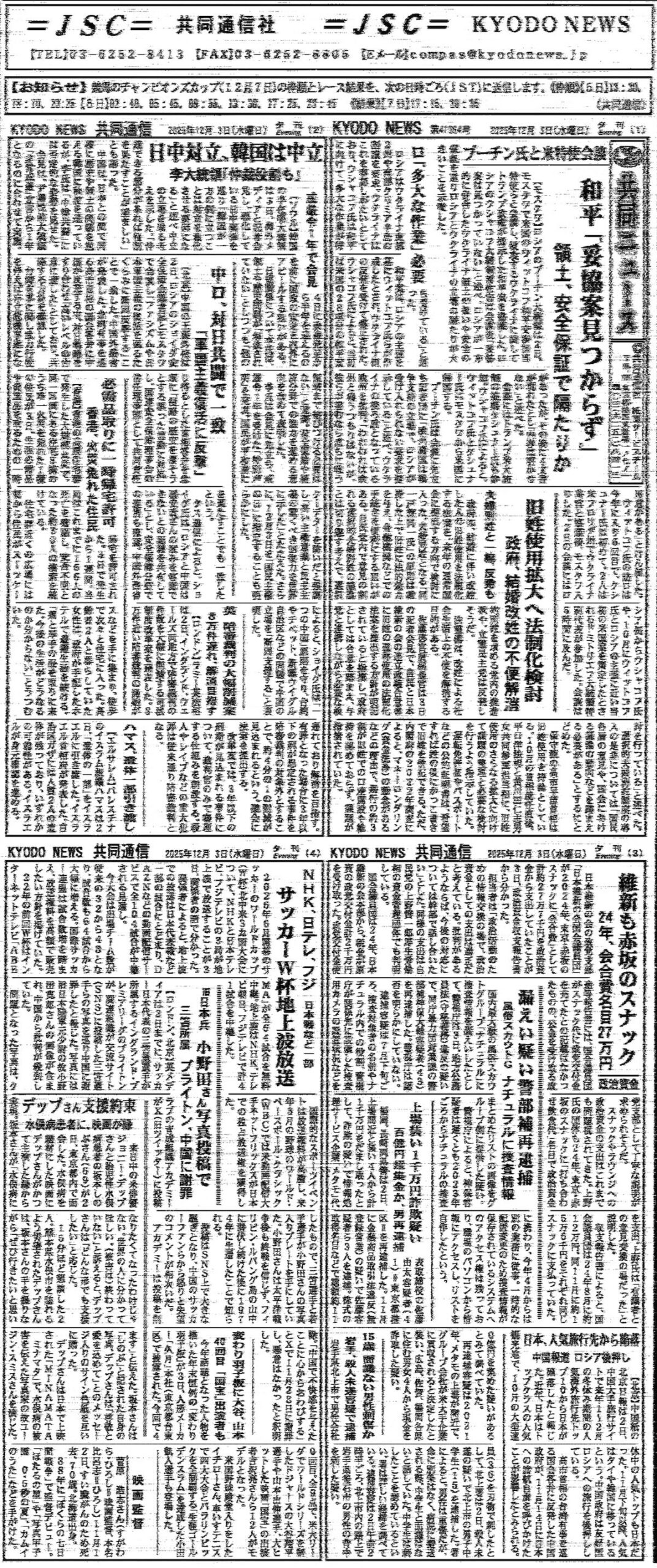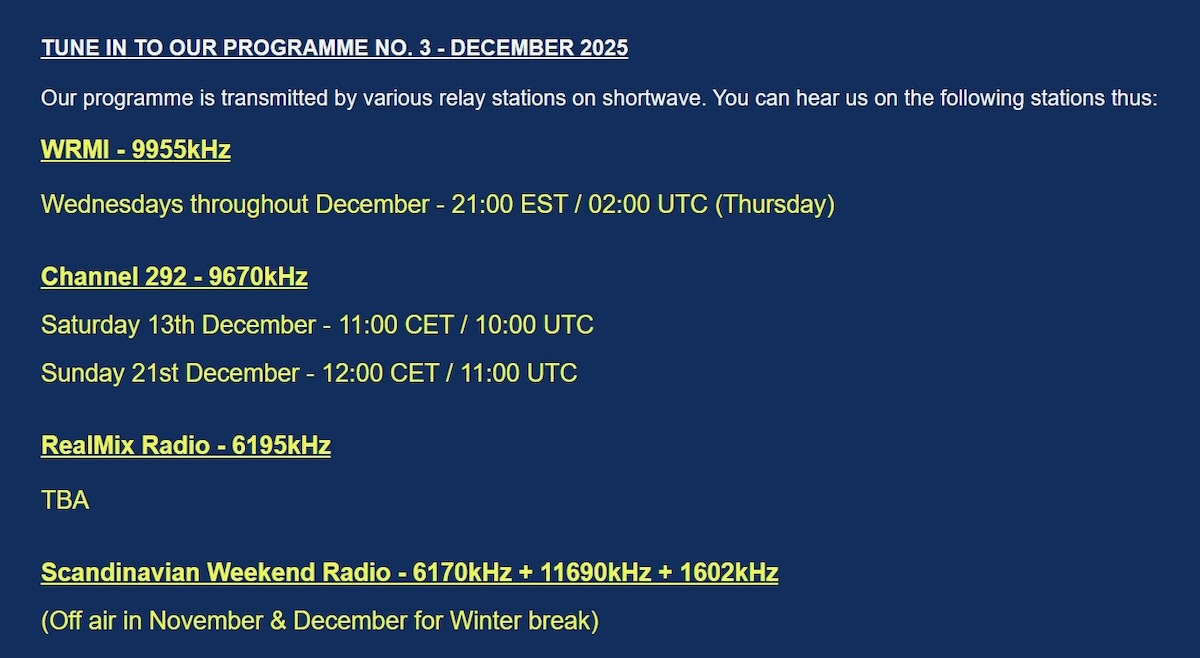I wrote the following for QRPer.com, and thought readers here on the SWLing Post might appreciate it too:
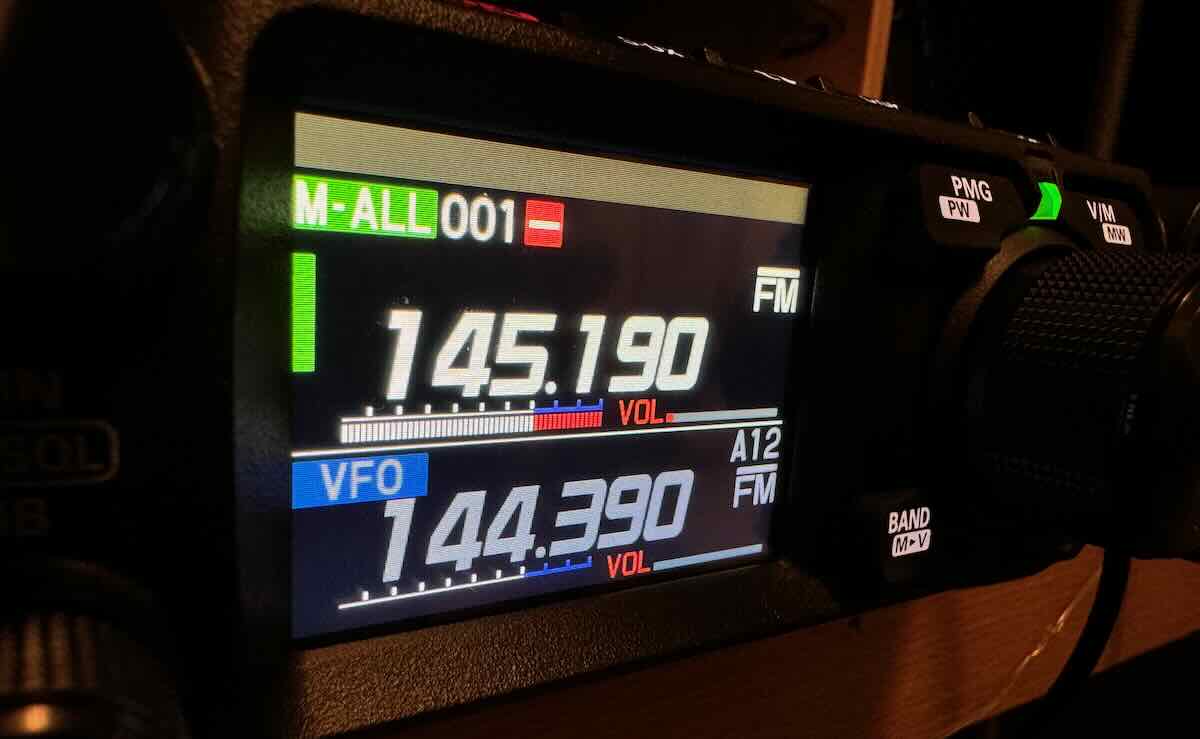
I was recently invited onto Techtonic, the weekly technology program on WFMU, hosted by Mark Hurst. If you’ve never listened to Techtonic, I encourage you to check it out—it’s one of the most thoughtful shows out there about how technology shapes our lives and communities.

Mark invited me to talk about amateur radio and its role after Hurricane Helene.
Many of you know I’ve been speaking about Helene quite a bit since the storm–anything I can do to share lessons learned and help others prepare is worth the time. What struck me during our conversation was how quickly I felt a connection with Mark. He asked thoughtful questions, and he gave me room to share what I love about this hobby and the community around it.
I’ve always felt that enthusiasm is infectious, and Mark gave mine room to breathe.
Afterward, I realized something: this was the first time I’d ever been asked to discuss amateur radio on a show that approaches technology from the perspective most people experience today. And that contrast made something click for me. Perhaps part of the renewed interest in radio–especially Morse code–comes from people quietly longing for technologies that offer direct connection without intermediaries, algorithms, or someone’s marketing model riding shotgun. Amateur radio–at its very core–is open, peer-to-peer, decentralized, and resilient. When everything else falls apart, it keeps going.
Perhaps that simplicity and directness feel refreshing right now.
This isn’t about being anti-tech. I use plenty of online tools every day. But I’ve become more mindful about choosing paid services that treat me as a customer rather than a product. Over the past few years I’ve deliberately stepped back from social media, moved my email servers to Proton, shifted my web searches to Kagi, and spend most of my online “social” time on Mastodon. (I’m sure there’s a deeper post about all of this forthcoming.)
These changes weren’t born out of fear–they were born out of wanting a better “signal-to-noise” ratio, more community and less manipulation/division, and a little more privacy in a world where privacy seems to be fading.
 Maybe that’s why amateur radio resonates so deeply for me. It’s a communications network that puts people first. It’s transparent, open, direct, human, and there’s no hidden agenda or algorithm at work.
Maybe that’s why amateur radio resonates so deeply for me. It’s a communications network that puts people first. It’s transparent, open, direct, human, and there’s no hidden agenda or algorithm at work.
There’s nothing in my conversation with Mark that will surprise regular readers here, but I hope you’ll give the episode a listen and consider subscribing to Techtonic. Mark brings years of experience in big tech and uses it to ask thoughtful, critical questions about the tools we rely on every day.
I’m grateful he invited me, and even more grateful for the conversation. Thanks, Mark!
73/72,
Thomas (K4SWL)
P.S. I’ve always said amateur radio’s greatest strength is its people. When Hazel passed, over a hundred of you reached out with messages, comments, and emails. I read every one of them. Thank you — your kindness reminded me how deeply connected this community really is.
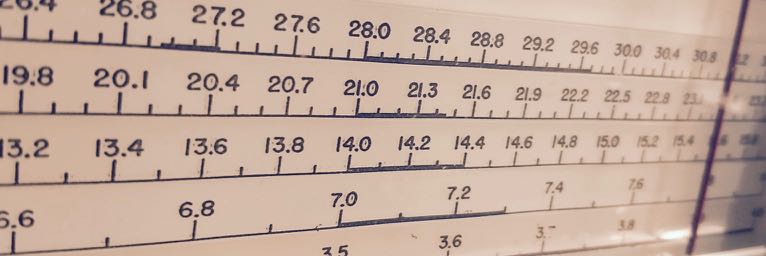 Many thanks to SWLing Post contributor Petr (OK1RP), who shares the following update:
Many thanks to SWLing Post contributor Petr (OK1RP), who shares the following update:





